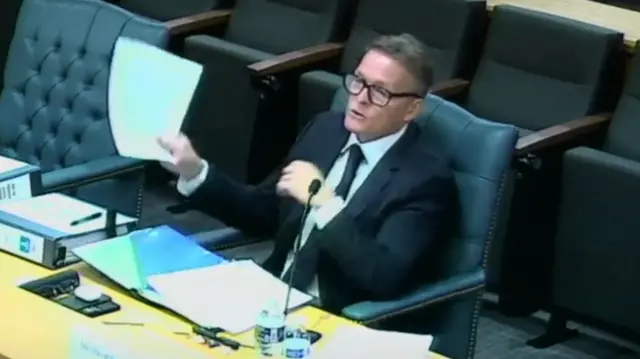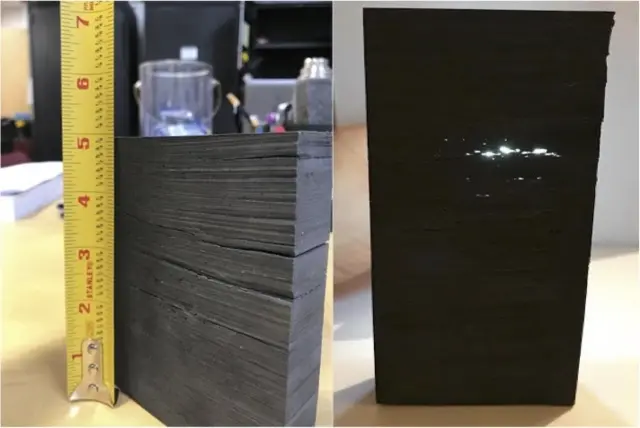Watch: Titan submersible's descent to the Titanicpublished at 18:42 BST 17 September 2024
As we wait for the inquiry to resume after a break, let's have a look again at a map of the Titan's route and descent to the wreckage site of the Titanic, supplied by the US Coast Guard.
This animation was shown in the hearing.
Titan sub: Animation shows how vessel made descent to Titanic wreckage




